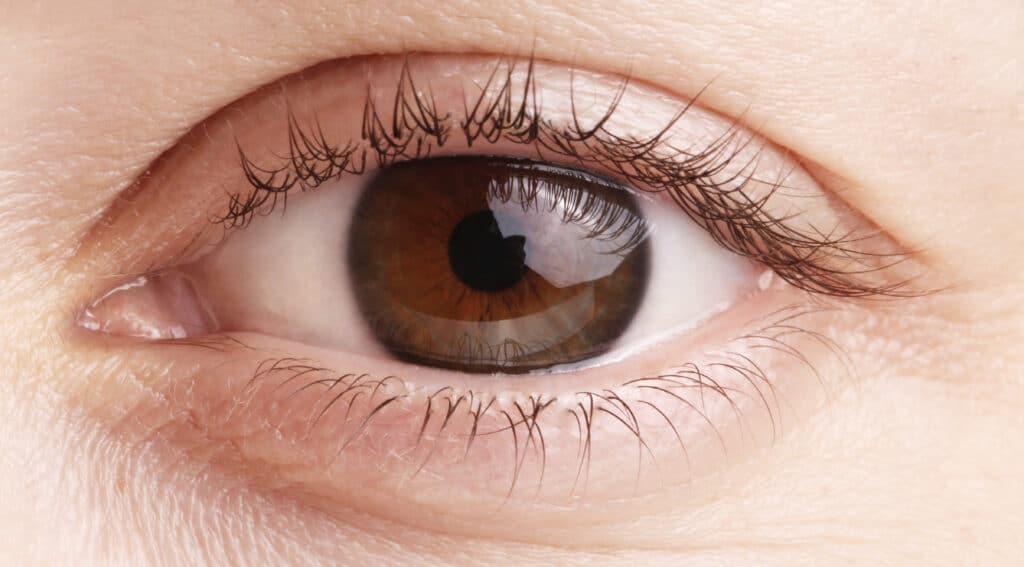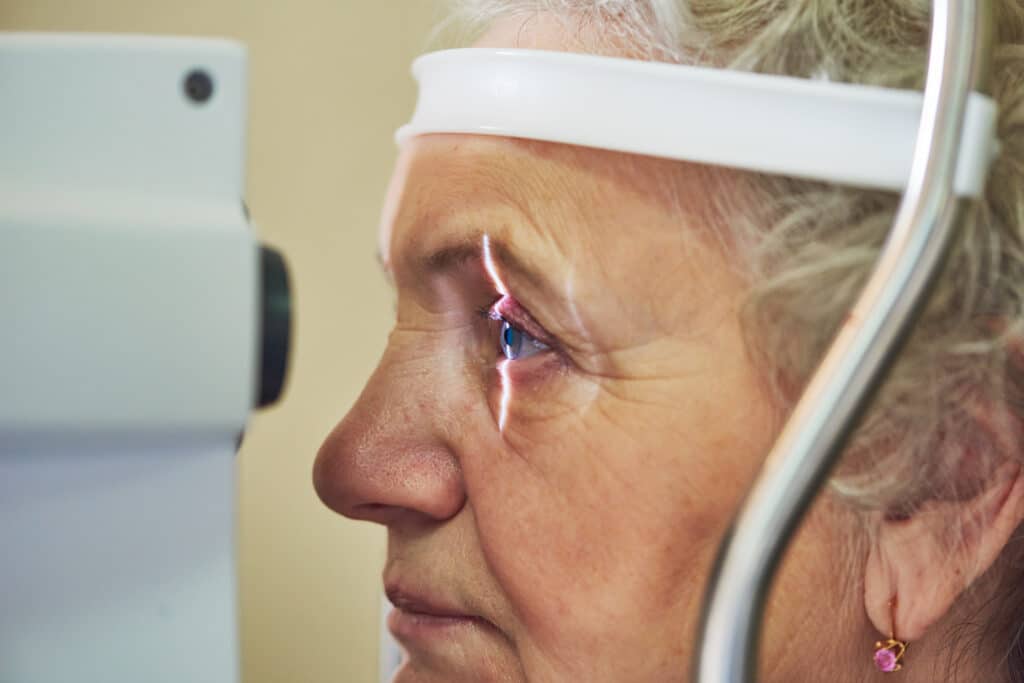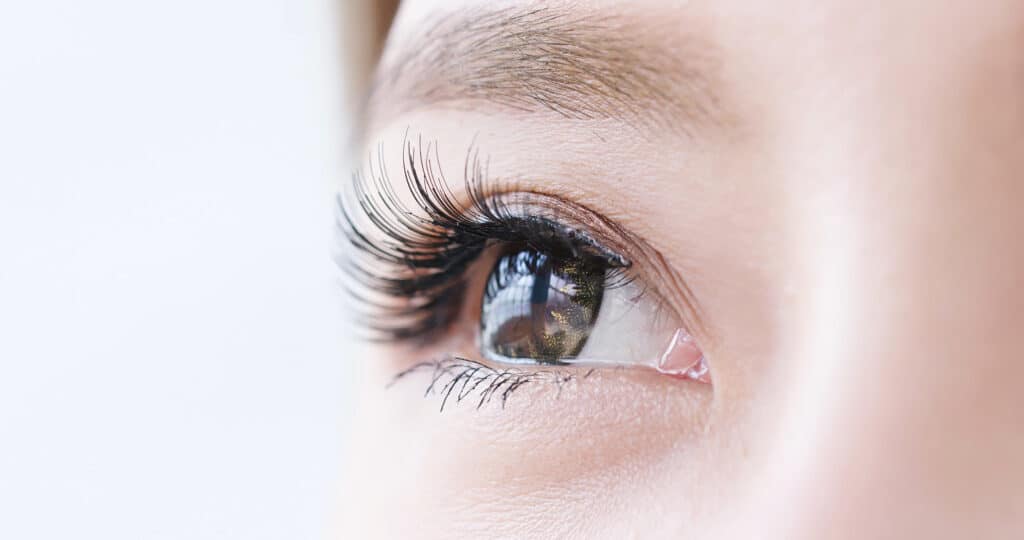What is Refractive Lens Exchange (RLE)?
October 30, 2023
Your lenses are important structures that focus light, but they change and lose function with age. Many people over 40 experience dysfunctional lens syndrome, a series of changes that cause your lenses to lose flexibility and become more opaque. Refractive lens exchange (RLE) is the preferred treatment for this condition. It is also an alternative to laser eye surgery for correcting refractive errors.
What is Refractive Lens Exchange (RLE)?
Refractive lens exchange, also known as Clear Lens Replacement (CLR), is a form of eye surgery that replaces your natural lens with an artificial one. It is an excellent solution for those dealing with signs of lens dysfunction as well as those with refractive errors like nearsightedness. Your Heart of Texas Eye Care surgeon uses a trifocal lens that can see well at close-up, intermediate, and driving distances.

How Does Refractive Lens Exchange Work?
RLE begins with topical numbing drops for your eyes and medication to help you relax. Your eye surgeon makes a small incision and extracts your natural lens from its capsule. They will replace it with an artificial lens made of biologically safe material designed to stay in place for a lifetime. The incision is so small that it usually does not require sutures. You cannot see or feel the new lens, but you will quickly notice vision improvement.
What is Recovery Like After Clear Lens Replacement?
Most people see significant improvements within 24 hours of the procedure. You will use eye drops four times a day for the first week and then decrease gradually for the next few weeks. You can return to most of your usual activities after a few days. However, you should avoid any straining, lifting, swimming, and rubbing your eyes for two weeks.
The Path to Clearer Vision Starts Here
What are the Benefits of Refractive Lens Exchange?
RLE has several benefits beyond improving your vision. It provides an option for people who are not LASIK candidates because of their corneal health or dry eye issues. The lens stays in place for the rest of your life, and unlike your natural lens, it will never develop cataracts or need cataract surgery. It will also never develop presbyopia, an age-related stiffening of the lens that makes reading and similar activities difficult.
Am I a Good Candidate for Refractive Lens Exchange?
Clear Lens Replacement is very similar to cataract surgery and is suitable for individuals of all ages. Good candidates may have RLE because they want to correct their vision or because they have dysfunctional lens syndrome. Unlike LASIK, people with thin or abnormal corneas can often still have RLE. People with dry eye are also good CLR candidates. Only a consultation can determine whether RLE is right for you.
Take the Next Step
If you’d like to learn more about refractive lens exchange or clear lens replacement, schedule a consultation with our Heart of Texas Eye Care team, serving Dripping Springs, Austin, Kyle, Bee Cave, Marble Falls, and other surrounding areas. Contact us at (512) 213-2220 today!
*Individual results may vary


